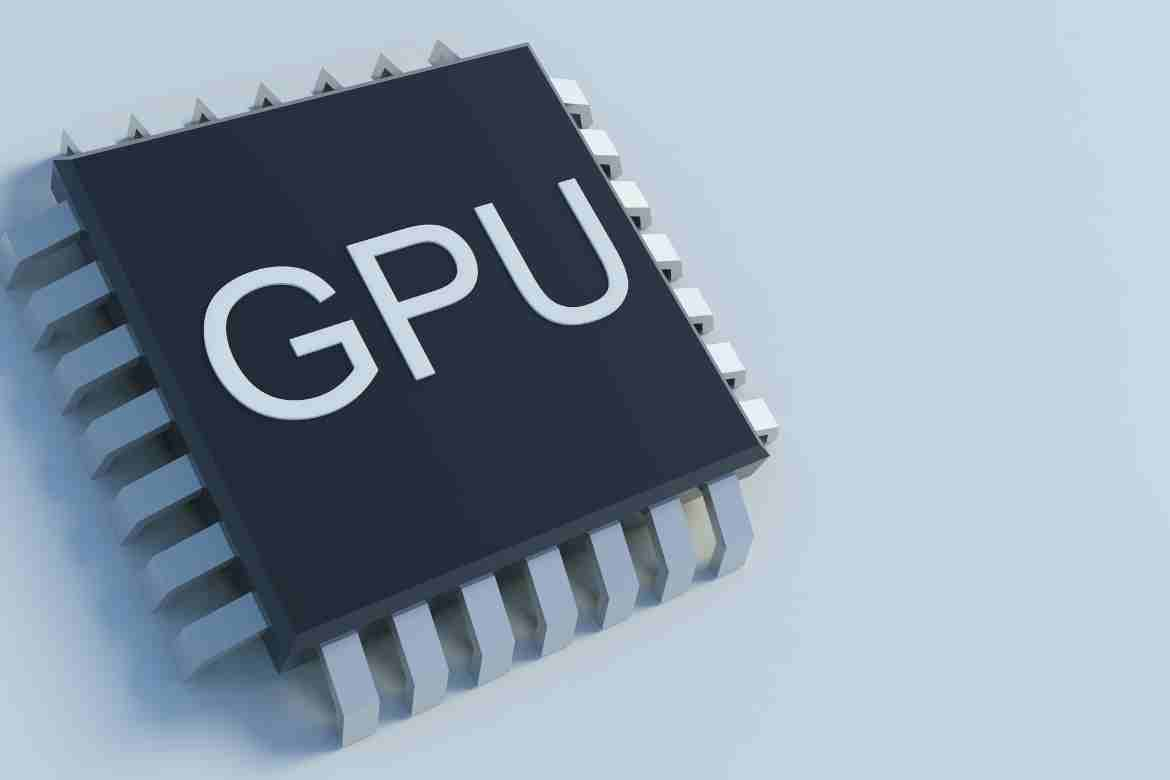In the ever-evolving landscape of technology, the emergence of cloud computing has undeniably revolutionized the way businesses and individuals approach data storage, processing, and application deployment. Among the many advancements in this domain, the integration of Graphics Processing Units (GPUs) into cloud infrastructure stands out as a game-changer. This fusion of GPU in the cloud prowess with the scalability and flexibility of the cloud has unlocked unprecedented potential, offering high-performance computing solutions to a broad spectrum of industries and applications.
Breaking Down the Walls: Accessing GPU Power Anywhere, Anytime
Traditionally, harnessing the computational might of GPUs necessitated significant investment in specialized hardware and infrastructure. However, with GPU-accelerated cloud services, such barriers have been shattered. Now, users can tap into GPU resources on-demand, without the constraints of physical hardware ownership or geographical limitations. Whether you’re a small startup looking to train complex machine learning models or a large enterprise in need of rendering capabilities for visual effects, the cloud offers a level playing field, democratizing access to cutting-edge GPU technology.
The Rise of GPU-Accelerated Workloads: Fueling Innovation Across Industries
From artificial intelligence and data analytics to gaming and scientific simulations, GPU-accelerated workloads have become the driving force behind innovation in various sectors. In finance, GPUs power real-time trading algorithms and risk analysis models, enabling faster decision-making and enhancing market competitiveness. Meanwhile, in healthcare, GPU-accelerated computing facilitates medical imaging analysis, drug discovery simulations, and genomic sequencing, leading to breakthroughs in disease diagnosis and treatment.
Empowering the Future of AI and Machine Learning
Artificial Intelligence (AI) and Machine Learning (ML) algorithms thrive on vast amounts of data and complex computations. GPUs, with their parallel processing capabilities, excel in handling the intensive computational tasks inherent in training and deploying AI models. By leveraging GPU-accelerated cloud platforms, developers and data scientists can expedite model training, optimize performance, and scale their applications effortlessly. This acceleration is propelling advancements in natural language processing, computer vision, and autonomous systems, driving innovation across industries.
Optimizing Performance and Cost-Efficiency: The Cloud Advantage
- One of the key advantages of GPU in the cloud is its ability to deliver exceptional performance while optimizing costs.
- Cloud providers offer a range of GPU instances tailored to different workloads, allowing users to choose the most suitable configuration based on their specific requirements.
- Moreover, the pay-as-you-go pricing model ensures cost-efficiency by charging users only for the resources they consume, eliminating the need for upfront investment in hardware infrastructure.
- This flexibility empowers organizations to scale their GPU resources dynamically, responding to fluctuating demand and maximizing ROI.
Challenges and Considerations:
While the benefits of GPU-accelerated cloud computing are undeniable, there are challenges and considerations that users must navigate. These include managing resource allocation and workload optimization, ensuring data security and compliance, and addressing potential latency issues in distributed computing environments. Additionally, optimizing GPU utilization and minimizing idle time are essential for maximizing cost-effectiveness. Collaborating with experienced cloud service providers and leveraging advanced management tools and frameworks can help mitigate these challenges, enabling users to harness the full potential of GPU in the cloud.
Looking Ahead: The Future of GPU-Accelerated Cloud Computing
As technology continues to evolve, the convergence of GPU acceleration and cloud computing is poised to redefine the computing landscape further. Advances in hardware architecture, such as NVIDIA’s A100 Tensor Core GPUs, coupled with innovations in cloud services, will drive even greater performance, scalability, and efficiency. Moreover, the integration of GPU-accelerated edge computing will enable real-time processing and analysis of data at the network edge, opening up new possibilities in IoT, robotics, and augmented reality. With each passing day, GPU-accelerated cloud computing moves closer to realizing its full potential, ushering in a new era of computational power and innovation.
